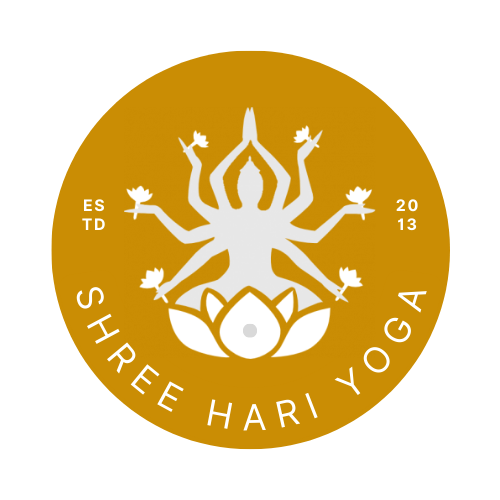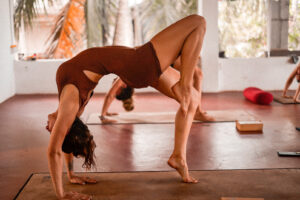Table of Contents
ToggleAlong With All Yogic Kriyas, Meditation Practice Is Essential
Importance of Meditation in Yoga Even though neither formal meditation nor yoga practice is a prerequisite, they complement one another. Within the yoga tradition, a beautiful methodology shows how interrelated all living things are. Advaita is the name for this essential unity. The genuine sensation of this oneness is meditation.
The physical practice focusing on movement, mindfulness, and pranayama helps release emotional and physical tension and prepares the body for seated meditation.
Individuals can practice “being with” difficult emotional and physical experiences in a healthy and safe atmosphere using mindful yoga. These abilities can then be applied off the mat and in daily life. Combining yoga and meditation in a single practice can result in a beautiful experience.
The Magic of Yoga and Meditation Combined
Yoga improves flexibility, increases oxygen intake, and strengthens muscles. The more you practice, the stronger and more balanced your body becomes. Meditation complements yoga by promoting mindfulness, emotional balance, and spiritual growth. Ancient yoga gurus valued meditation because it enhanced the healing benefits of yoga practices.
Benefits of Yoga and Meditation Combined
Improved Overall Health
A healthy body supports a healthy mind, and meditation guides the spirit. Practicing both helps achieve harmony in life by balancing body, mind, and spirit.
Reduces Stress and Anxiety
Importance of Meditation in Yoga Combining yoga and meditation encourages living in the present moment. This reduces stress, anxiety, and health issues such as high blood pressure.
Supports Emotional Wellbeing
Mindful breathing and meditation relax the mind and help release negative emotions, fostering emotional stability and positivity.
Enhances Brain Function
Yoga postures and meditation together quiet the mind, reduce mental chatter, and enhance creativity and focus.
Support for Diabetes and Dietary Awareness
Stress can affect diabetes and overall health. Yoga and meditation help lower stress and encourage mindful eating, promoting a healthier lifestyle.
Practicing Meditative Yoga
Below are some essential meditative yoga poses to combine with mindfulness:
Mountain Pose
Stand tall with feet hip-width apart. Relax shoulders, lengthen the neck, and let your arms hang naturally. Focus on your breath and set an intention or mantra.
Upward Salute
Raise your arms overhead with palms facing inward while inhaling. Stretch the sides of your body and release shoulder tension.
Standing Forward Fold
Fold forward from the hips, bringing hands toward the floor. Slightly bend the knees if needed to stretch the lower back and hamstrings.
Standing Half-Forward Fold
Inhale and lift your chest, stretching the spine while softening any stiffness in the upper back.
High Plank
Maintain a strong core and straight arms while keeping shoulders stacked over wrists.
Modified Four-Limb Staff Pose
Lower knees, chest, and chin toward the floor, keeping elbows close to your sides and core engaged.
Downward-Facing Dog
Lift hips high, keep arms straight, and press heels toward the floor. Distribute weight evenly across hands and feet.
Final Thoughts
Combining yoga and meditation helps release tension in the body, mind, and heart. Regular practice improves overall health, promotes mindful living, and supports emotional and spiritual growth. In today’s stressful life, this combination can improve quality of life, increase energy, and enhance physical performance.
Call or visit us for more information about how yoga and meditation can benefit you!





